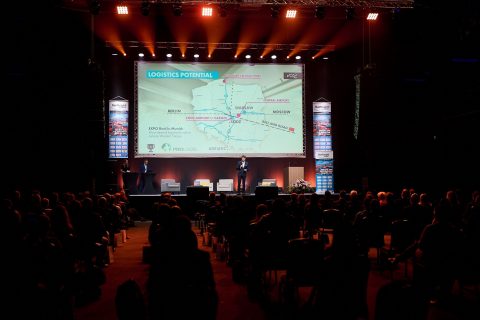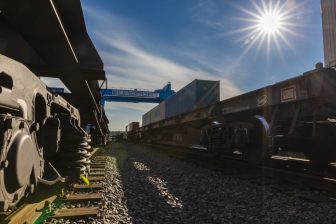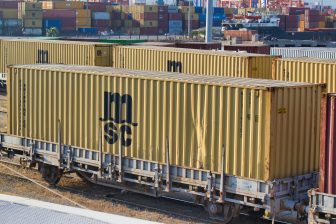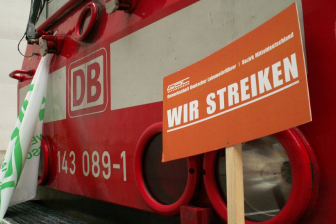
This city in the ‘middle of the middle’ knows its logistics value
Adam Pustelnik at the RailFreight Summit
The city of Lodz in Poland is destined to be a logistics hub, and there are plenty of investment opportunities for those who want to be included. This was the main message of the city, when it hosted the RailFreight Summit on 1-3 September. As soon became clear, these opportunities are interesting propositions for the rail feight
industry.
Do you want to read the full article?
Thank you for visiting RailFreight.com. Become a member of RailFreight Premium and get full access to all our premium content.
Are you already a member?
Having problems logging in? Call +31(0)10 280 1000 or send an email to customerdesk@promedia.nl.





